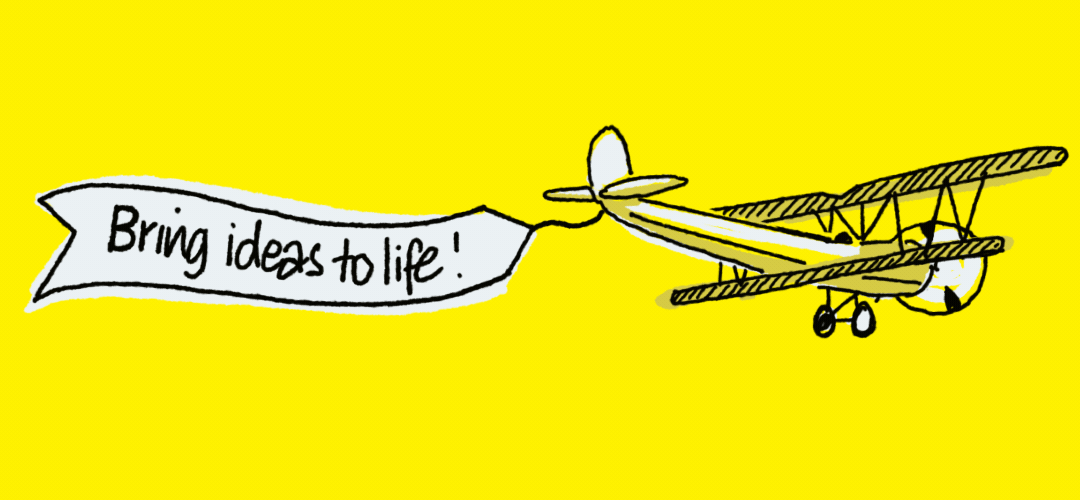
Frequently asked questions
Visual notetaking (or graphic recording) is the real-time translation of spoken content—such as conference presentations, keynote speeches, or workshop discussions—into visual form. A skilled artist (the visual note-taker) listens carefully and creates large-scale illustrations or digital graphics that capture key ideas, themes, and takeaways. These visuals combine words, symbols, and imagery to reflect the flow of conversation or presentation.
Yes, artists can integrate brand colours, company logos, and relevant thematic elements. Provide brand guidelines or creative direction in advance to ensure brand consistency.
Internal communication: Share the images in your event recap, company newsletter, or intranet.
Marketing and social media: Post snippets or the complete image on social channels to extend event reach.
Follow-up resources: Include in follow-up emails to attendees for quick event highlights.
Future planning: Refer to them when planning follow-up sessions or measuring progress against discussed objectives.
In-person: The physical boards or paper can be photographed or scanned at the event’s conclusion. High-resolution digital files are often shared within a couple of days.
Virtual: The digital file can usually be made available immediately or within hours. Final touch-ups (color correction, text clarity) may take a bit longer, but turnaround is generally quick.
Highlight ROI: Emphasise increased engagement, clarity, and the extended life of event content through shareable visuals.
Show examples: we can provide examples to illustrate how visual notes can transform an event.
Demonstrate cost-effectiveness: The artwork created can be repurposed for marketing, training, and internal messaging, providing ongoing benefits beyond the event itself. You can add photography and isolation of specific elements to you brief, which we can provide to you for inclusion in internal comms and decks.
Captivates the Audience: People are naturally drawn to visuals; they’re more likely to pay attention.
Encourages Interaction: Audience members often ask questions about the imagery, creating additional layers of discussion.
Improves Understanding: Speakers’ messages are presented in an easy-to-digest format.
Builds a Memorable Experience: An illustrated record provides a unique keepsake that differentiates your event from others.
Visual note-takers are accustomed to handling confidential settings. They will only depict what the client approves and can omit any information deemed sensitive. Often, the scribe will sign a non-disclosure agreement (NDA) to protect proprietary discussions.
In-person events: You’ll need enough space for a large board or paper roll, good lighting, and possibly a small platform so the visuals are visible to the audience. The visual note-taker usually brings their own markers and tools.
Virtual events: The artist will need screen-sharing capabilities. They typically use a tablet or digital drawing software. Organisers just have to ensure the virtual platform supports sharing screens in real time.
NOTE: We can do bespoke setups where large walls or sets are custom built ofr the event. The provide great backdrops for delegates and attendees to take photos for Social Media and the bespoke builds can be dismantled and rebuilt per your requirements in your offices. This is especially effective is you have had an event to launch a new positioning or corporate identity and want yoru staff to carry the experience back to the office.
Typically, no. Most attendees find it fascinating and it helps them focus on the content. Skilled graphic recorders work quietly and discreetly. In many cases, people walk over during breaks or after sessions to examine the visuals more closely, which encourages further conversation around the key topics.
